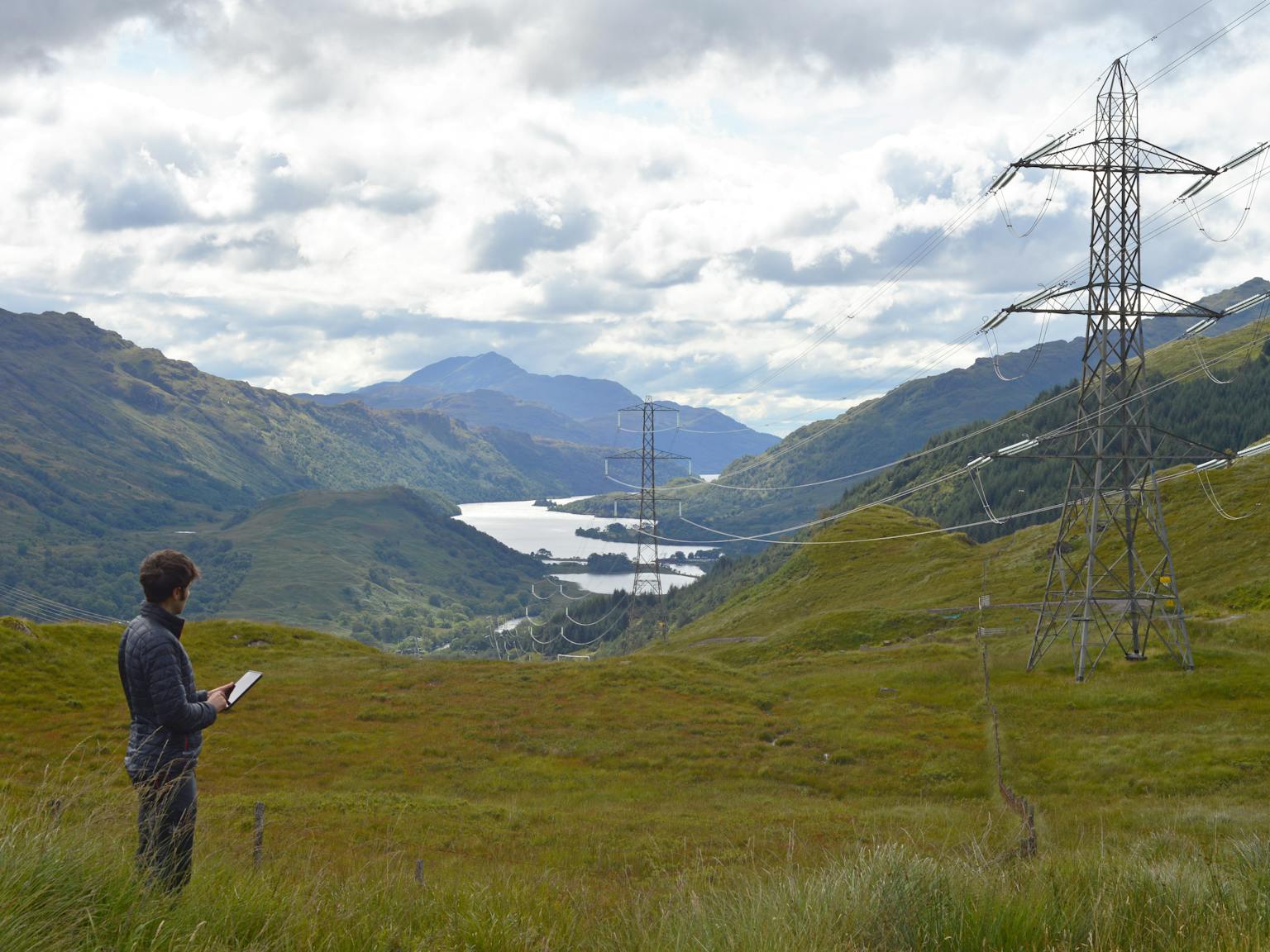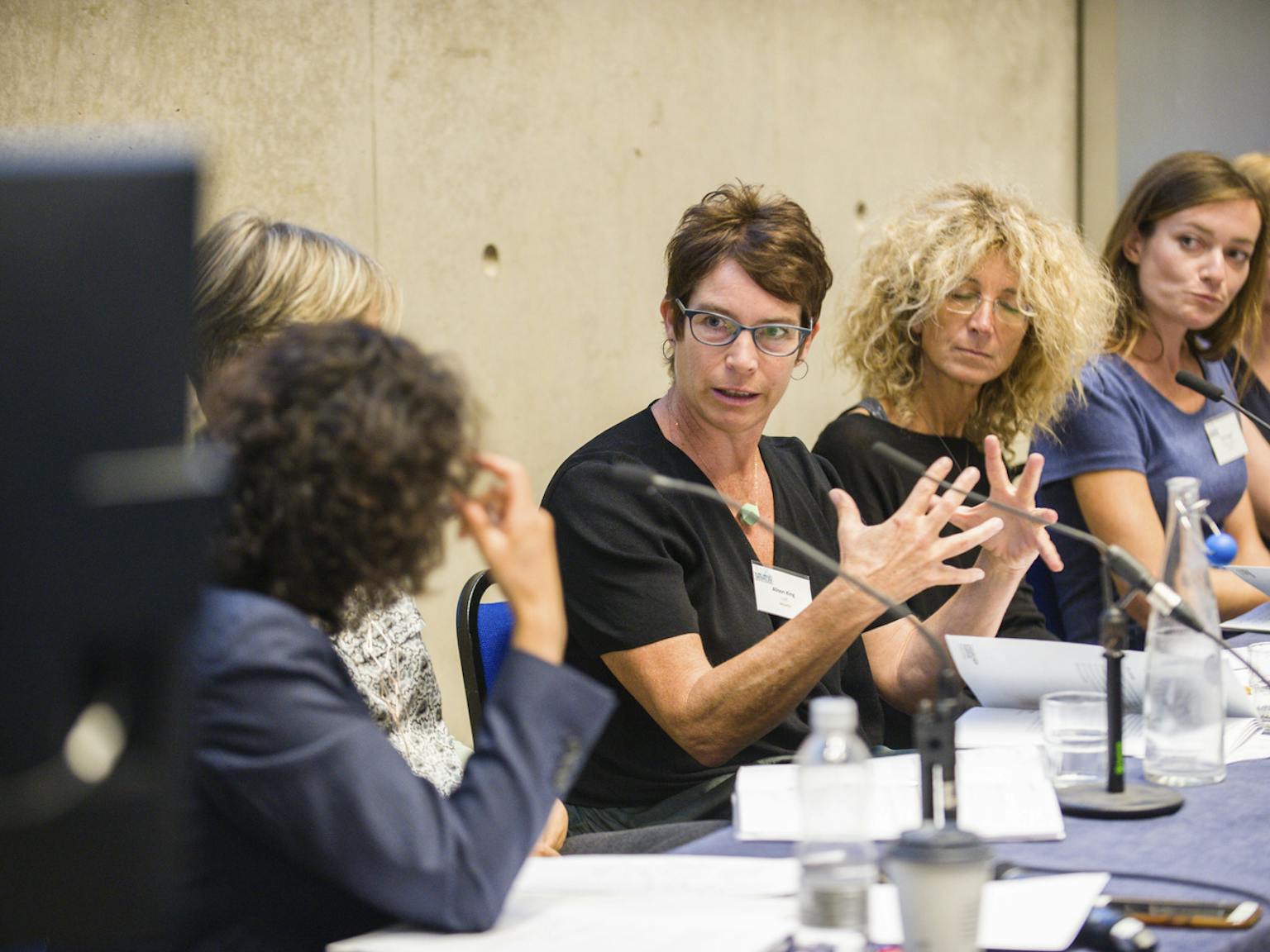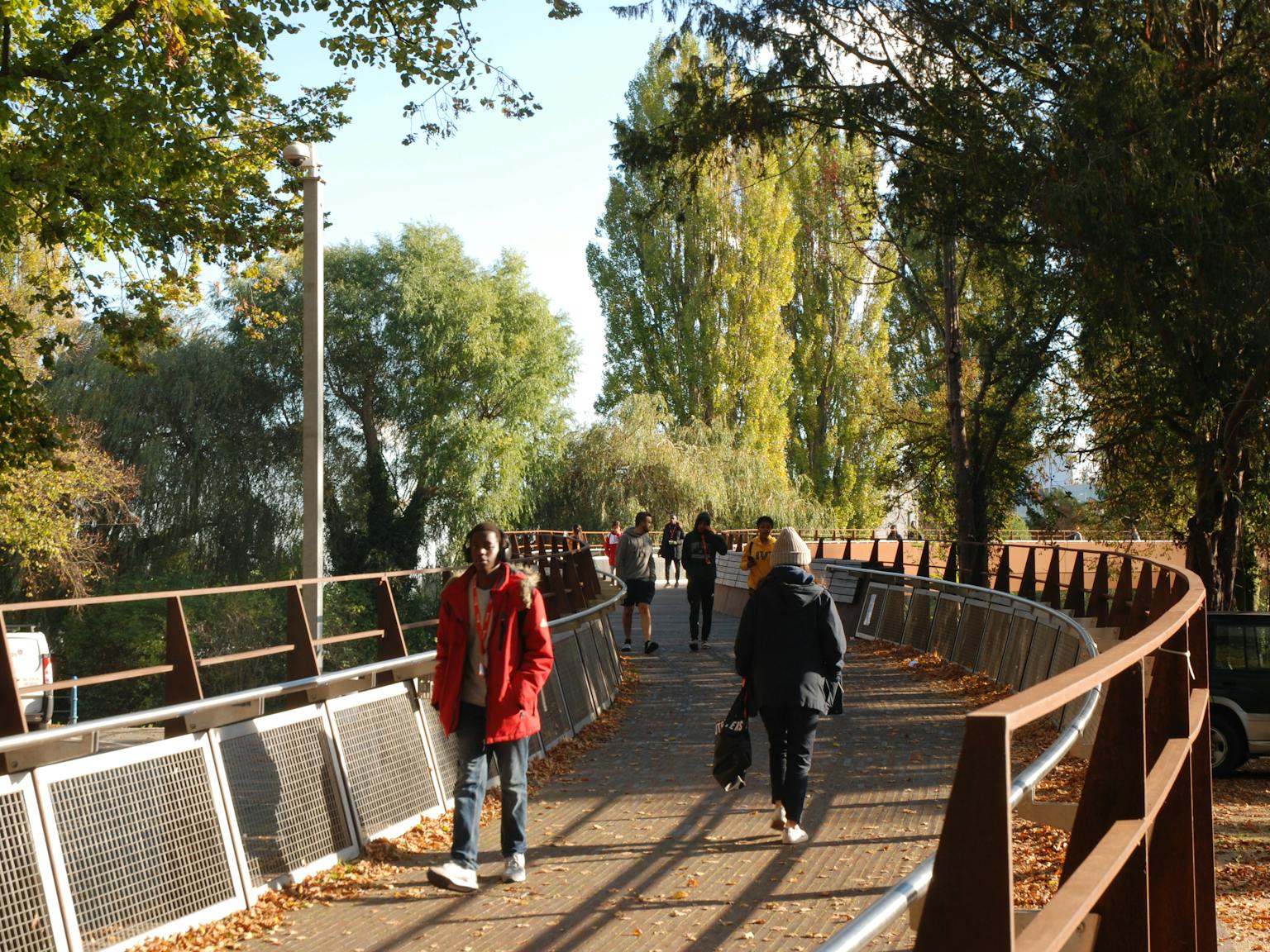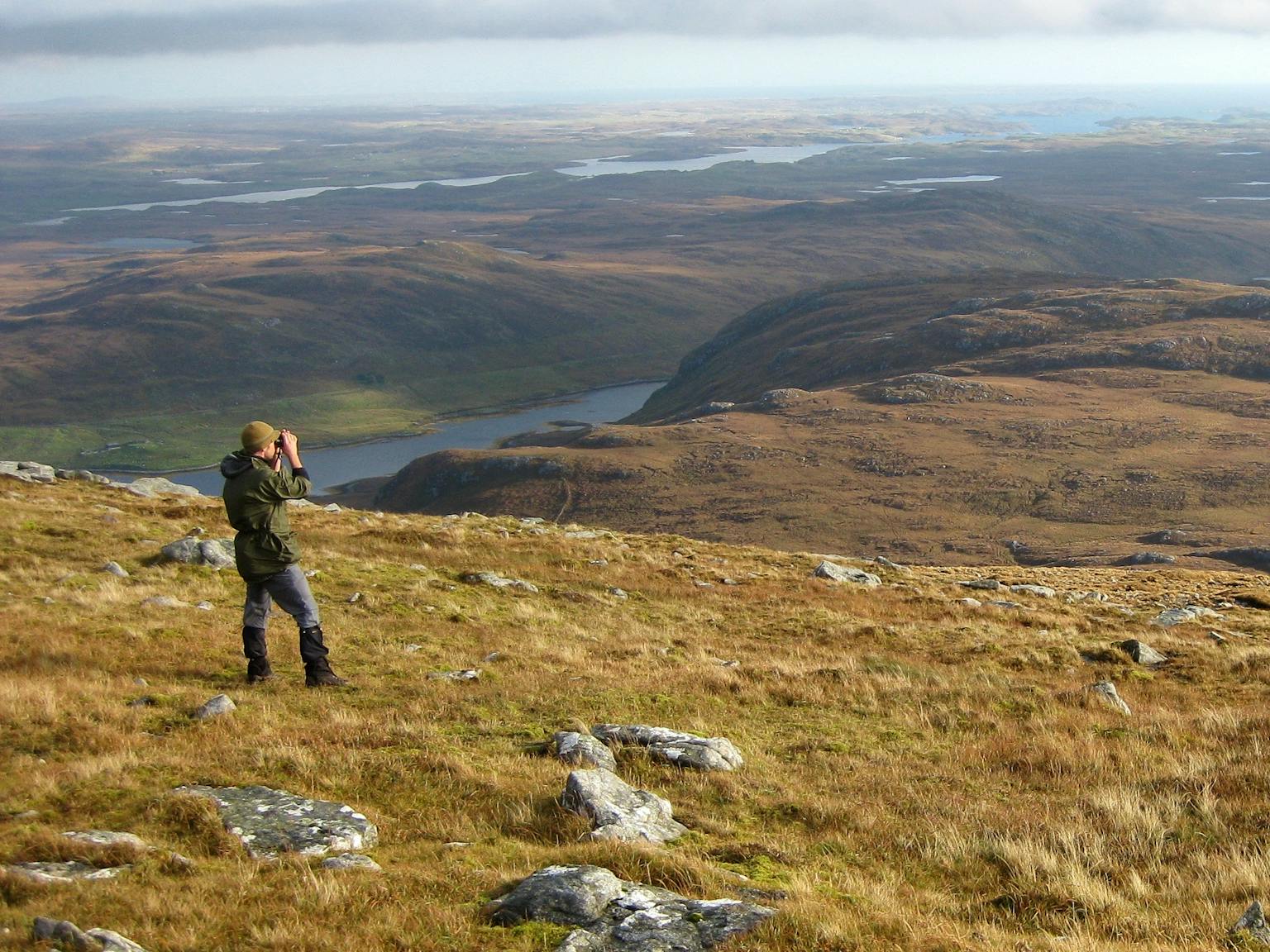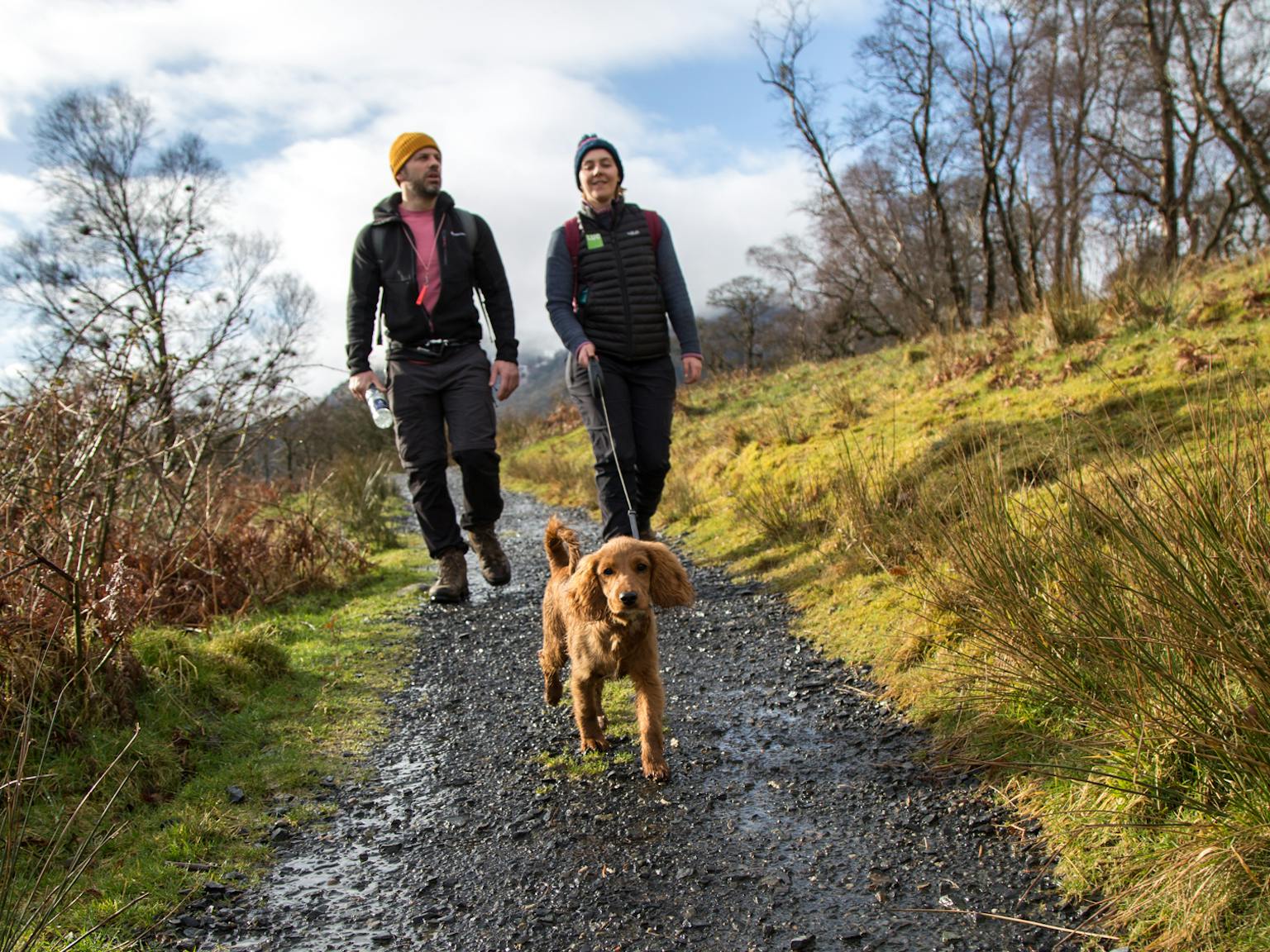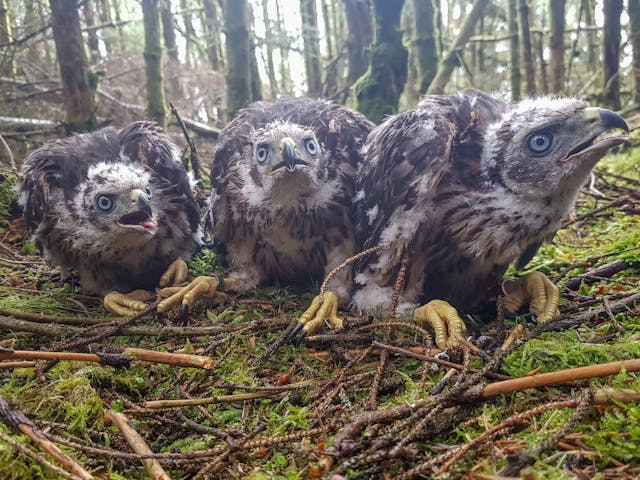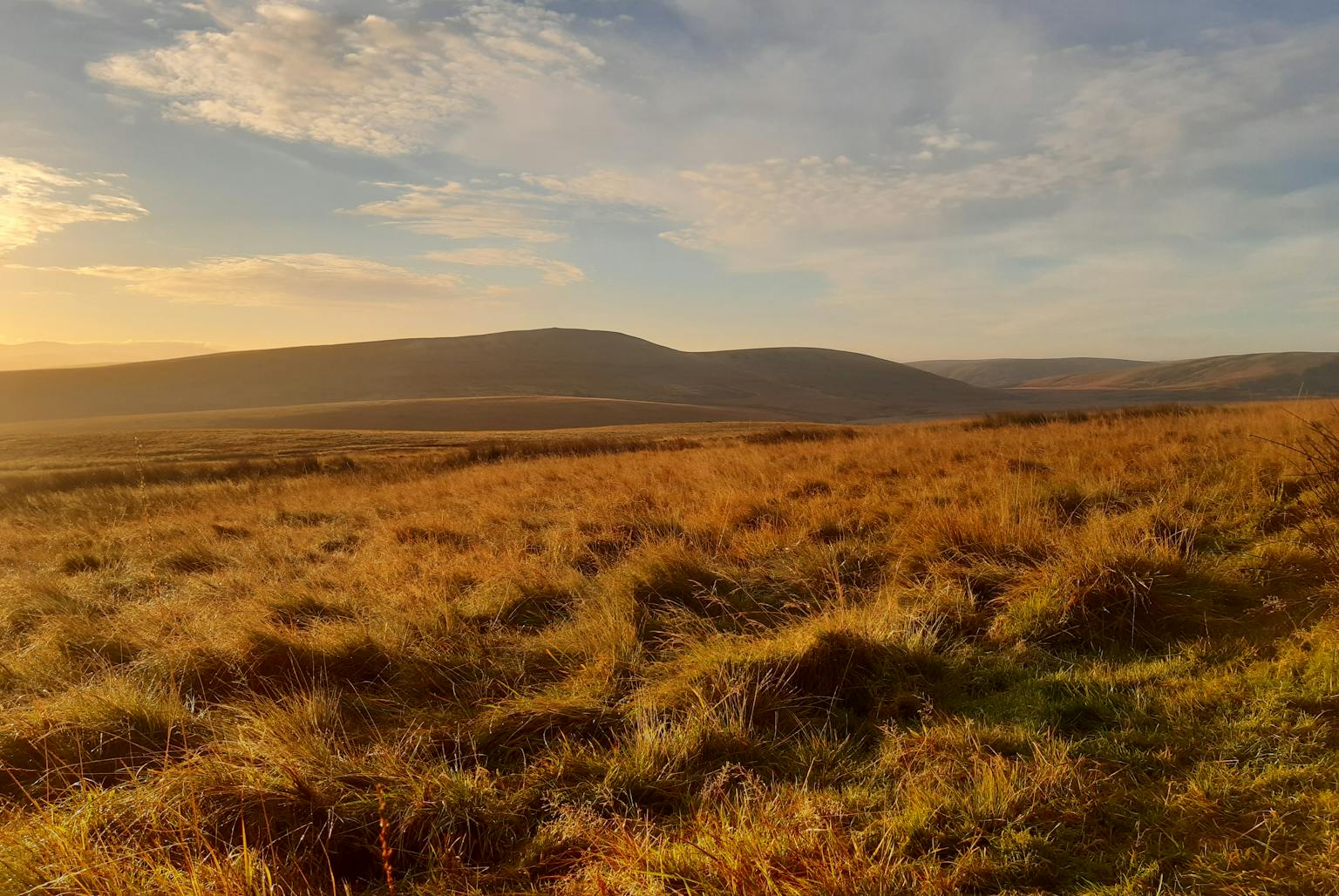
Creating resilient landscapes: rewetting moorland
The UK’s upland moorland is a vital resource and has a key role to play in some of today’s major challenges. Its restoration and management is essential in mitigating the effects of climate change and playing a part in reducing the loss of biodiversity.
Open moorlands are one of the most characteristic landscapes of uplands across the UK and include blanket bogs, grasslands, heathlands, rock outcrops and scree. Blanket bogs are particularly valuable, hosting around 13% of the world’s peatland resources. Despite their seemingly wild nature, they are a product of the anthropological processes of forest clearance, muirburn and grazing; although soils, geology, hydrology and climate also have a strong influence.
The management of moorland landscapes is important to support ecologically diverse ecosystems, local communities, and environmental processes. Peatland communities are therefore considered to be Annex 1 habitats, i.e., the habitats of greatest conservation importance across Europe. The best examples are designated as Special Conservation Areas (SACs), which offers some of the highest levels of protection
Read the full white paper (PDF) on the value of peat moorlands, the threats they face and how rewetting can protect them.


